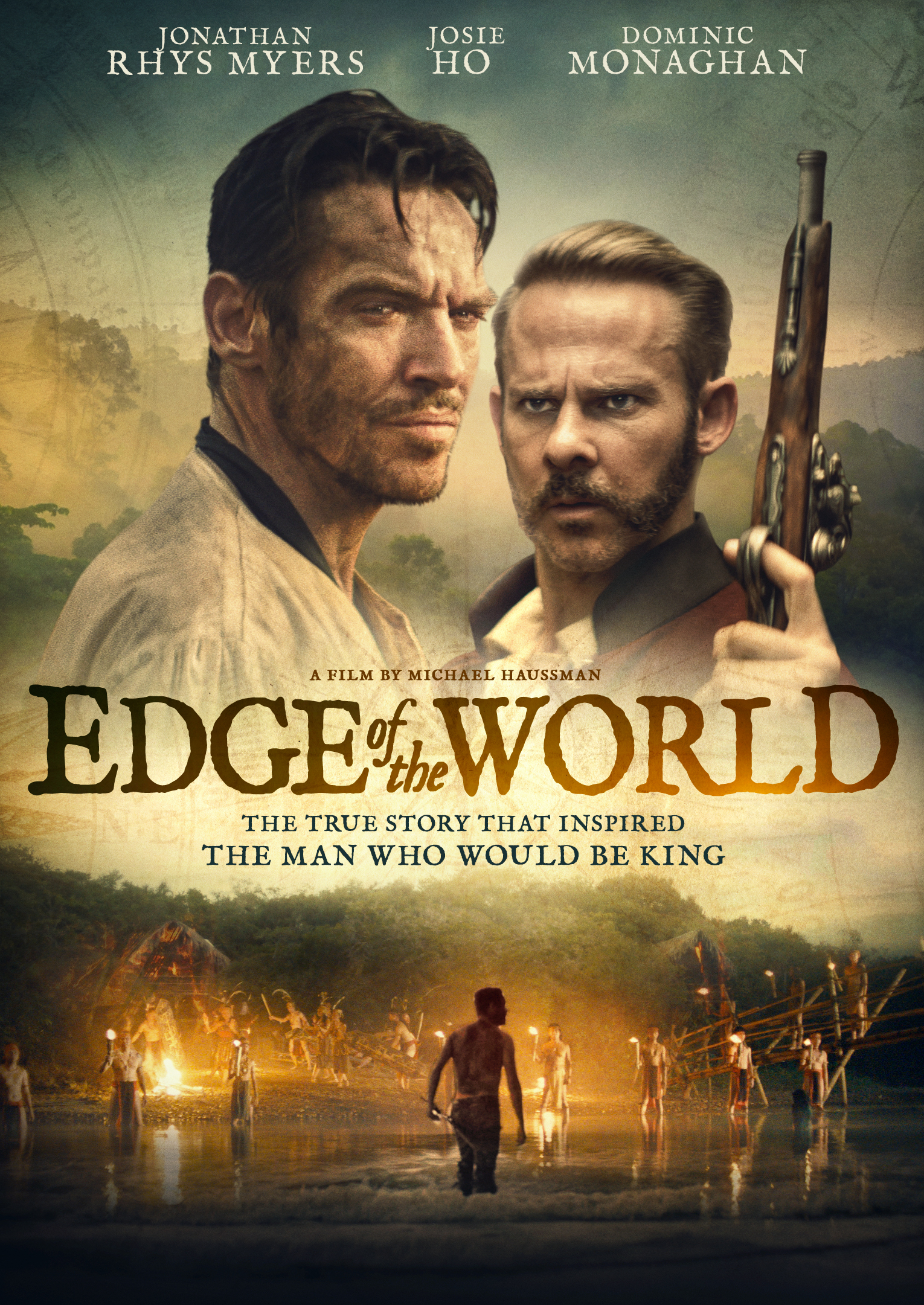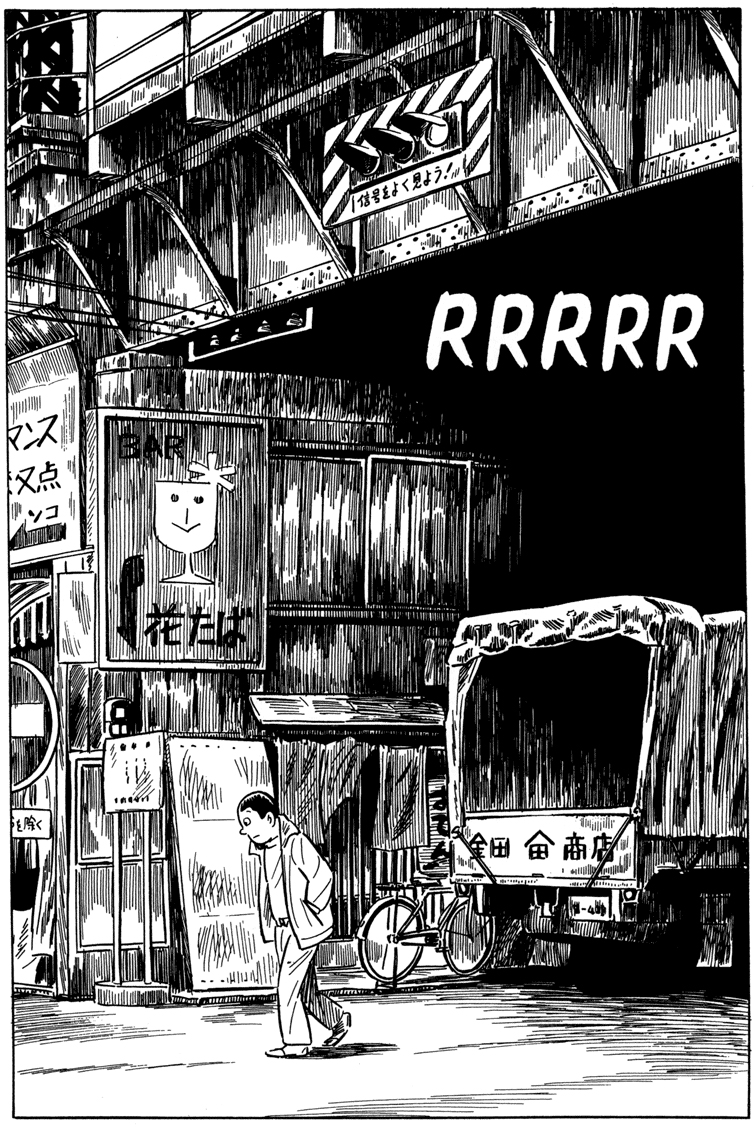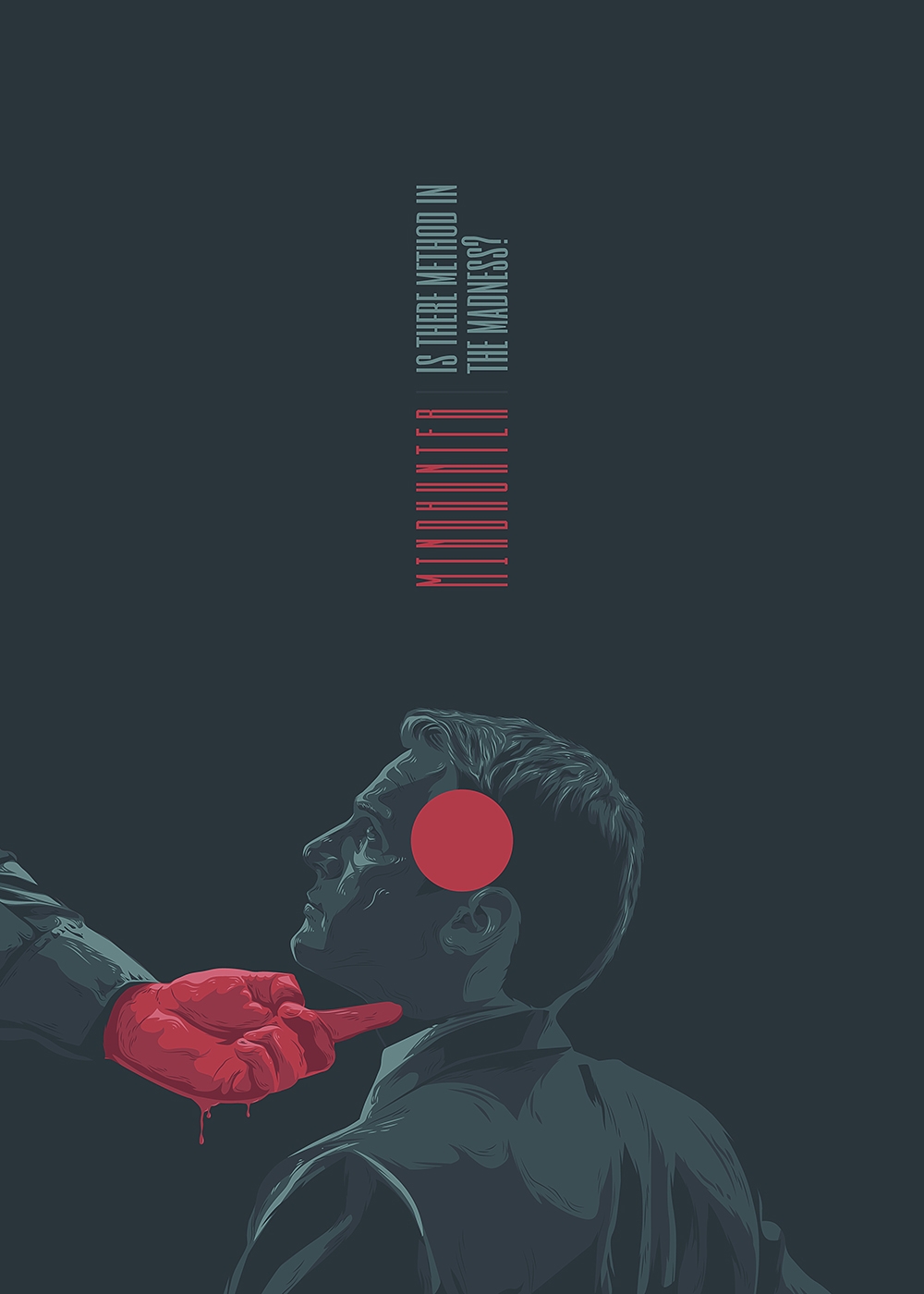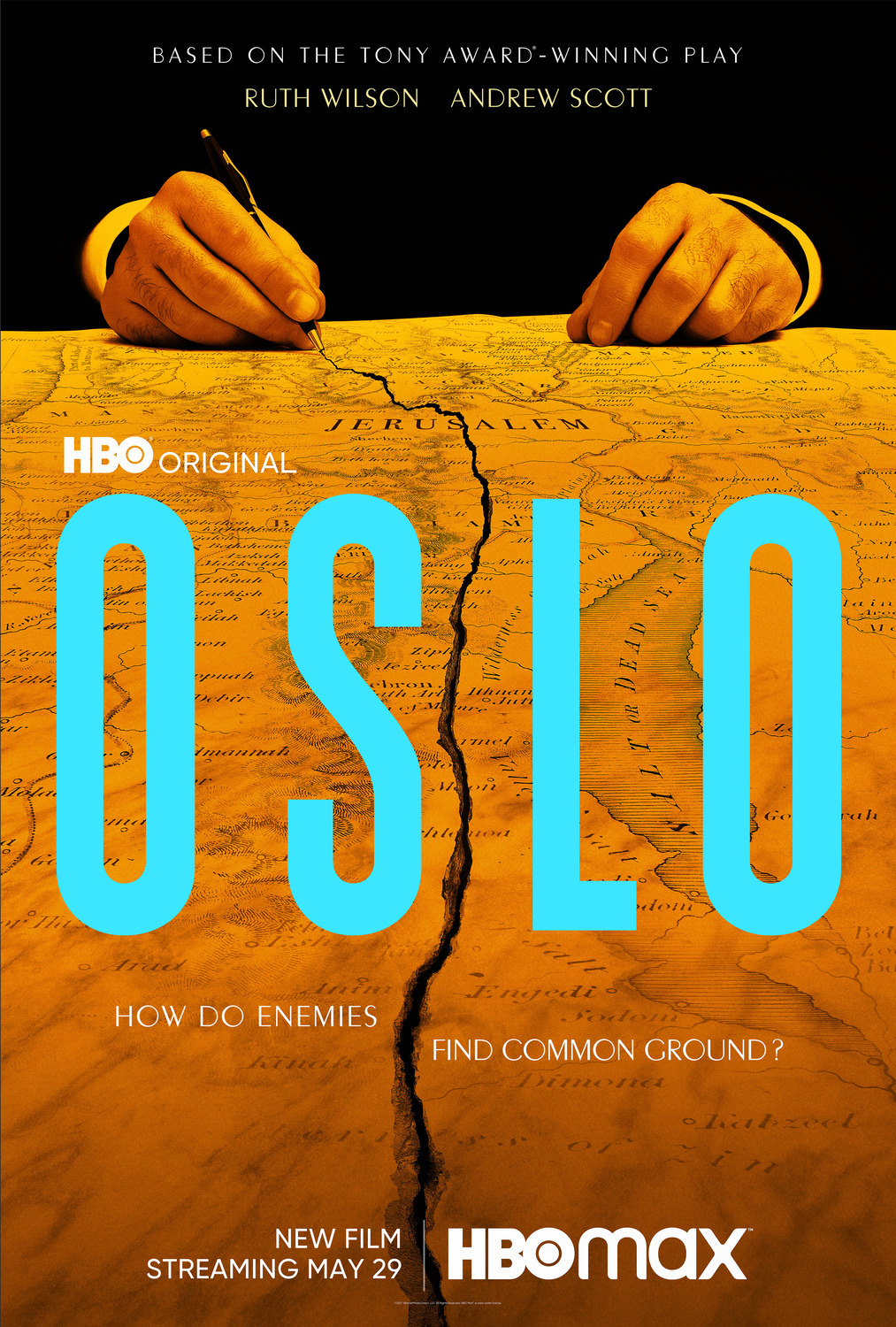“In this Our Changing Climate climate change video essay, I look at how white supremacy pervades not only the history of environmentalism and environmentalist leaders, but also how white supremacy now threatens the climate change movement and climate action today. The forefathers of environmentalism, conservation, and preservation like Gifford Pinchot, John Muir, and Teddy Roosevelt all espoused white supremacist ideas that were often intermeshed with their views of the natural world and environmentalism. Later as authors like Paul Ehlrich stoked fears of overpopulation, these racist sentiments were blended once again into concerns about overpopulation. In short overpopulation and environmental destruction as a result of overpopulation were wielded as racist and white supremacist tools to oppress people of color, especially in the majority world. Now, mass shooters and eco-fascists are harkening back to the environmentalist, racist, white supremacist views of the past and using climate change as a dangerous weapon and excuse to harm people.”
Monthly Archives: June 2021
1871 – Edge of the World (2021)
spacetime coordinates: Borneo in 1839
Edge of the World is an adventure drama film directed by Michael Haussman and starring Jonathan Rhys Meyers as the British soldier and adventurer James Brooke (1803-1868). Edge of the World is a co-production between the US, the UK, Malaysia, and China. (wiki)

1870 – Existence and other Chasms by Yoshihiro Tatsumi [German edition by Carlsen 2003 by John Schmitt-Weigand (Translation), Stefan Pannor (Introduction)]
This is a book for anyone who wants to broaden the usual range of manga/anime beyond giant robots, samurais, chibis, monsters, hentai, mecha, kawaii, “Versailles literature” or bikers with ESP powers.
This my first Yoshihiro Tatsumi gekiga manga. Since the late 40s, early 50s Yoshihiro Tatsumi and his circle pushed the limits of what manga could address aeasthetically and basically established the ‘graphic novel’ in Japan 40 or 50 yr before it became canonized in the West, or got its recognition at Angoulême.
The gekiga (dramatic was initially developed by him and the group around him as an anti-manga, going against the already dominant tradition of funnies or gag-manga (funny images) formats to try and offer a serious image of the modern world. It is not humourless nor plagued by what Nietzsche called the ‘spirit of gravity’, yet his deadpan humour does not aim to please. His manga pages are not just depicting drab realism – but an unpolished nonjudgemental realism of the big cities, a decidedly urban perspective, of living collectivities and stark isolation, of urban delights and neon, coexisting with bizarre and disturbing proximities and dependencies.
Drawing style is realistic in its lines, unpolished, and the plot is no longer than 8 pages max mostly. It is terse and incredibly effective as well as cinematically pleasing like all mangas (but also inspired directly by French Nouvelle Vague and noir cinema or even Mickey Spillane novels). It is realistic in a precise way because it looks where no mangaka before him dared look.
He covers the existential byways, the long falls, old people abandoned by their kids and befriended by strangers (The Thirsty City), the underworld homeless friendships of people with pet cockroaches (in The Hotel under the City), following various uncensored lives through their sexual (including zoophilia, including various fetishes that he does not exoticize or use for shock value) proclivities, without condemning, without normative strictures.
When he follows goodness where there is no room for goodness, care work where care is not available, Yoshihiro Tatsumi makes visible this lack and the invisible emotional turmoil it fosters. Tatsumi follows all miscalculations and uncalled destitution, never imagined or told & drawn in any other manga before. This is a completely un-embellished Japan.

Disability is treated as I have never seen before (Little Goldfish), maybe only in Japanese movies. He is considered on par with Will Eisner, but as Stefan Panor writes in his Preface (in the “The Land Where Nobody Smiles: Yoshihiro Tatsumi, the modern comics and gekiga“), he is able to draw attention and get away without to a recurrent main character similar to the ironic detective figure of Denny Colt aka Spirit. There is no Spirit in his manga, no permanent characters even if we might recognize here and there a self-portrait of a broad face nose, unkept, uncommunicative, with weary eyes, closed mouth and a certain air of resignation about him.
A character that can both free monkeys from Zoo in order to learn how to woo or sexually approach his chosen one, or one that is a fake employee, that wakes up, keeps dressing up like a normal employee just because he needs to cover up being laid off and living secretly just from horse races bets. He describes the hardships and lives of WWII army prostitutes in the Pacific and their vengeful STD jabs after the war near the US army barracks (War Diary of a Prostitute).
From the time of reconstruction to the start of the Japanese miracle and the boom economy, Yoshihiro Tatsumi should always be kept at our side as a guide.

The gekiga selected in this volume might come as shock for the average manga reader or fan, as our first knee-jerk reactions might be to actually expect gags, memes, LULZ, and entirely dismiss anything serious as pretentious. Well, yes, we need the gags in order to survive the day or get a thumbs up from our peers.
IMHO, gekiga accomplishes or continues what the ‘proletarian novel’ did not have a chance to do as it became devalued culturally, financially and artistically. Tatsumi is illustrating our collective marching into cellular living, a perspective that fell out of fashion almost everywhere during the great rosy bubble economy but that keeps on inflating & bursting. Every one is singular but nobody is isolated, everybody responds to and is changed by encounters with others. There is a sense that all this anti-humorousness is necessary today not as an antidote, of sobering up, waking up, but to put things in proportion and get closer to the undeniable fact that vast majoritarian loosership is a key part of the success story of capitalism.

I am very thankful to have found this volume at the local Berlin library and am very impressed that they have collected all these wonderful comics and manga’s and made them available to everyone.
Obituary of Yoshihiro Tatsumi in LA Times
Toshihiro Tatsumi:The Man, The Manga, The Movie
Proto-Gekiga: Matsumoto Masahiko’s Komaga (great article by manga researcher Ryan Holmberg)
1869 – Mindhunter (TV series 2017–2019)
spacetime coordinates: 1977 – 1981 US

Mindhunter is an American psychological crime thriller television series created by Joe Penhall, based on the 1995 true-crime book Mindhunter: Inside the FBI’s Elite Serial Crime Unit written by John E. Douglas and Mark Olshaker. The executive producers include Penhall, Charlize Theron, and David Fincher, the latter of whom has served as the series’s most frequent director and de facto showrunner, overseeing much of the scriptwriting and production processes. The series stars Jonathan Groff, Holt McCallany, and Anna Torv, and it follows the founding of the Behavioral Science Unit in the FBI in the late 1970s and the beginning of criminal profiling.
The first season of ten episodes debuted worldwide on Netflix on October 13, 2017. The second season was released by Netflix on August 16, 2019. In January 2020, Netflix announced that the potential for a third season was on indefinite hold as Fincher wanted to pursue other projects but may “revisit [the series] in the future”.

Mindhunter revolves around FBI agents Holden Ford (Jonathan Groff) and Bill Tench (Holt McCallany), along with psychologist Wendy Carr (Anna Torv), who operate the FBI’s Behavioral Science Unit within the Training Division at the FBI Academy in Quantico, Virginia. Together, they launched a research project to interview imprisoned serial killers to understand their psychology with the hope of applying this knowledge to solve ongoing cases.
The first season takes place from 1977 to 1980, in the early days of criminal psychology and criminal profiling at the Federal Bureau of Investigation. Cameron Britton has a recurring role in this season as notorious serial killer Edmund Kemper, who is the first to assist Ford and Tench in understanding how a serial killer’s mind works. Other notable serial killers featured in the first season include Montie Rissell played by Sam Strike, Jerry Brudos played by Happy Anderson, Richard Speck played by Jack Erdie, and Dennis Rader also known as BTK, played by Sonny Valicenti.
The second season takes place between 1980 and 1981, with Ford and Tench investigating the Atlanta murders of 1979 to 1981, which included at least 28 deaths, mostly children. This is based on the real case of Wayne Williams, who was charged and convicted for the murder of two adult men but was never tried for the killing of the children and adolescents, causing mass outrage and questions over Williams’s guilt as the children’s cases went cold. The second season also features other infamous murderers, such as David Berkowitz, also known as Son of Sam, played by Oliver Cooper, William Pierce Jr. played by Michael Filipowich, Elmer Wayne Henley Jr. played by Robert Aramayo, and Charles Manson, played by Damon Harriman. (wiki)

Mindhunter vs Real Life Ed Kemper – Side By Side Comparison
1868 – Wrath of Man (2021)
spacetime coordinates: 2010’s Los Angeles

Wrath of Man is a 2021 action thriller film directed by Guy Ritchie loosely based on the 2004 French film Cash Truck by Nicolas Boukhrief. It is Ritchie’s fourth directorial collaboration with lead actor Jason Statham. (wiki)
1867 – Oslo (2021)
spacetime coordinates: 1993 Oslo I Accord

Oslo is an American television drama film directed by Bartlett Sher and written by J. T. Rogers, based on Rogers’ play of the same name. It stars Andrew Scott, Ruth Wilson and Jeff Wilbusch. It was released on May 29, 2021, on HBO. (wiki)
imdb / rt / the Oslo Accords / Israeli–Palestinian conflict

















